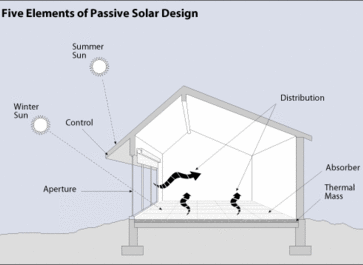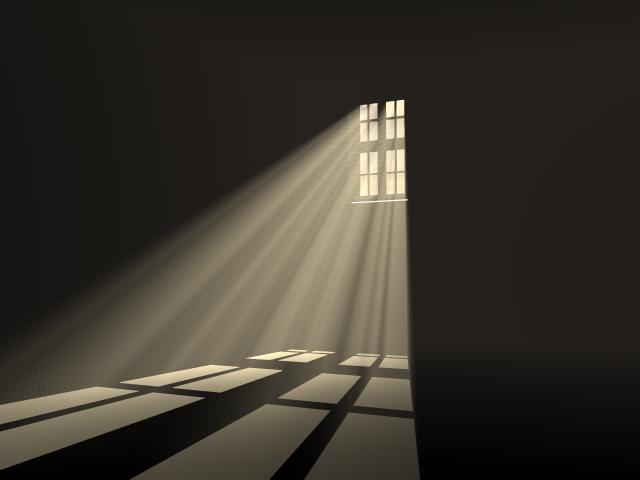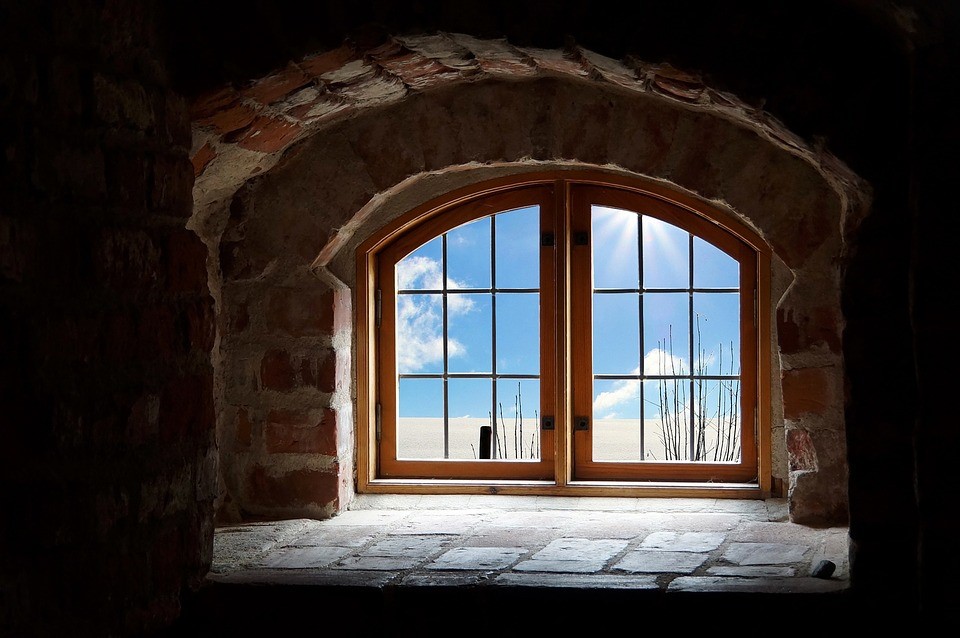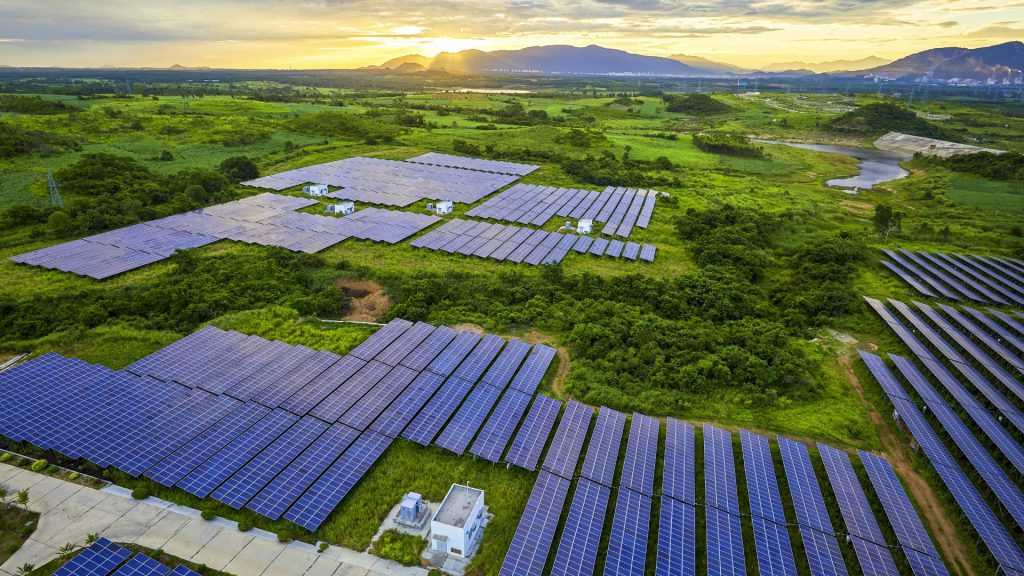For decades, we’ve been heating our homes with costly fossil fuels. These methods of home heating are unpredictable in pricing each month. Newer, cheaper technology is making some wonder: how can we move away from these home heating methods to one that makes environmental and financial sense? Introducing: passive solar heating.
New homes don’t need a boiler or solar panels on their roof to heat up anymore. Passive solar heating allows homeowners to collect, absorb, and distribute solar energy right through their windows. By using materials that hold onto heat during the day and disperse it at night, homeowners can keep their houses comfortable 24/7 even in spaces that would normally get cool.
This method is called “passive” solar heating because it doesn’t take any solar panels or technology to make it happen–just sunshine itself.
This means that passive solar heating not only provides a comfortable living space, but does so in a cost-effective way that minimizes hassle and maintenance. But of course, it’s not just your home soaking up the sun’s rays. There is a multi-step process to passive solar, beginning with the sun’s rays going through a window and ending with their warmth being spread throughout a home.
Table of Contents
How Does Passive Solar Heating Work?
Passive solar works according to a 5-step process.
First, windows facing the south allow the sun’s rays to shine through. This stage of passive solar heating is known as the aperture (collector) stage. Why should windows face the south? Because, in North America, south-facing windows see more sunlight than any other orientation. And with solar, you want to go where the sun is.
After the energy goes through the collector, it is absorbed by you guessed it–the absorber. The absorber is a dark coating of paint on top of a surface known as a thermal mass, which can hold in heat. If you’ve ever been in the sun during summertime, you know that darker surfaces are much better at absorbing heat than lighter ones.
All the solar energy the absorber is sucking up gets transferred to the thermal mass. Thermal masses are surfaces that can intake and maintain heat, like concrete, bricks, ceramic tiles, and stone. That’s why, on a very warm day, the sidewalk burns to touch! When the sun shines brightest, typically from 9am to 3pm, the thermal mass stores much of the absorbed energy for the evening and night.
So all this heat is being held inside the thermal mass. Where does it go? With passive solar heating, this heat can be released into the home in 3 ways:
Radiation – Heat that travels in the form of waves, think of your microwave.
Convection – Ever seen those ragged lines in the air on a really hot day? This heat is moving through convection. Typically, this means moving through the air.
Conduction – If you have ever touched a very hot surface and got burned, congratulations–heat was just transferred to your hand by conduction.
Even after the heat is released into the home, there needs to be a way for it to stay inside. The control dictates the entire process of heating, including under and overheating. The control is a system of processes working in unison, namely roof overhangs, vents, and sensors that can detect any problems going on with heating.

Diagram of Passive Solar Heating Home
Does Passive Solar Make Financial Sense?
Passive solar heating is one of the best investments you can make when buying or building a new home. Passive solar heating systems save money–studies have shown that savings for a home that uses gas can be from $150-$380 per year. Similarly, a home that uses oil for heating can expect to save about $210-$520 per year.
It’s important to note that passive solar is something you should consider when buying a new home or building one–not for installing in your current home. To install a passive solar heating system you would need to completely demolish your home’s interior to reposition windows, roof overhangs, and more. So scratch that option off the table.
Passive Solar Heating and…Passive Solar Cooling?
Passive solar heating is one of two design approaches under the umbrella of “passive solar design”. The other approach under passive solar design is passive solar cooling, which focuses on dissipating heat inside of a home when it becomes too hot.
Passive solar cooling is just the other side of the coin – and, when done well, can also save you bundles on your home cooling costs.

What Is The Future Of Passive Solar Heating?
Passive solar heating has been around for decades, and recent design improvements have led to better efficiency at each step of the process So why don’t most Americans own a home that uses passive solar heating?
First of all, taking advantage of passive solar heating does take some upfront investment and legwork to get everything in place. But so do most home improvement projects, and this one can save you lots of money. That leads us to the second reason:
Not enough people have heard about passive solar. The practicality is there–passive solar leads to reduced greenhouse gas emissions and savings at the same time. But it hasn’t become a mainstream idea the way that natural gas heating–or even rooftop solar panels–have. Soon, that’s set to change.
As the world becomes more environmentally conscious, we should expect more folks to take advantage of reducing their ecological footprint and saving money on their heating bills. And as our technology gets more efficient, the reasons to take advantage of solar only grow.




